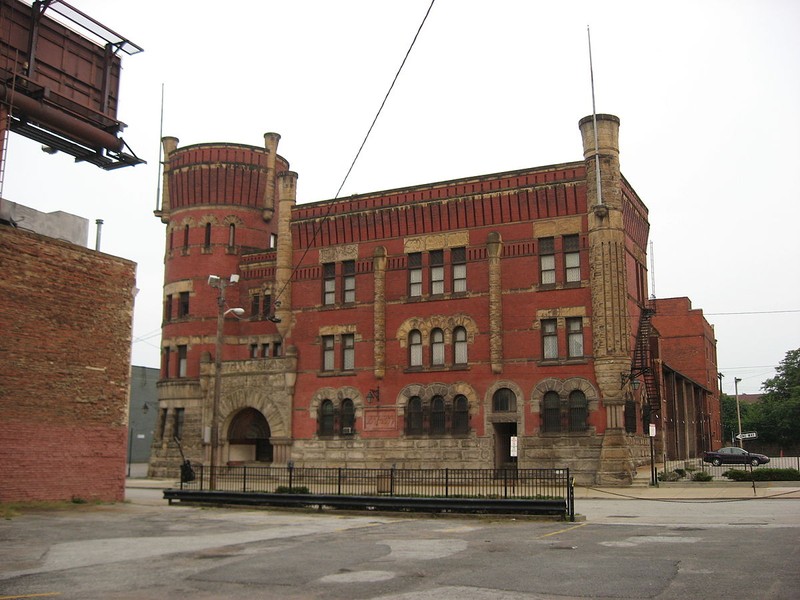Gray's Armory
Introduction
Text-to-speech Audio
The Cleveland Grays were a private military company founded in 1837. Their goals were to support local law enforcement and to protect the area in case of a third war with Britain following the Canadian Rebellions of that same year. The Grays moved around multiple times before the construction of this armory in 1893. Today, the Grays Armory is a Museum, whose four floors trace the Grays' history from their conception to now.
Images

Backstory and Context
Text-to-speech Audio
From 1792 to 1903, state and federal law authorized independent militias, private volunteer groups that supplemented the official state militia and served the community in all the ways that the National Guard does today. The Cleveland Grays were established in 1837 and instantly became the city's premier private military company.
The unit's original purpose was twofold: to provide assistance and support to the local law enforcement authorities of the time as well as to provide a first line of defense for the city in the event that the fighting in Canada's Rebellions of 1837 spilled over the border and into the United States resulting in a third war with Britain. When president-elect Abraham Lincoln passed through Cleveland en route to his inauguration, the Grays provided the official honor guard. In April 1862, when Lincoln called for volunteers to suppress the Confederate Rebellion, the Grays answered -just two days after Lincoln's call- as Company E, 1st Ohio Volunteer Infantry. When President Lincoln's funeral train came to Cleveland in 1865, the Grays were again part of his honor guard (some of the men standing vigil at the bier in Public Square were war veterans who had been his escort four years earlier). The Grays also served during the Spanish–American War.
The Grays made their home in several different places from the time of their founding until the completion of this armory in 1893. After building this structure, the Grays Armory hosted a number of celebrations and galas during Cleveland's Centennial (1896).
